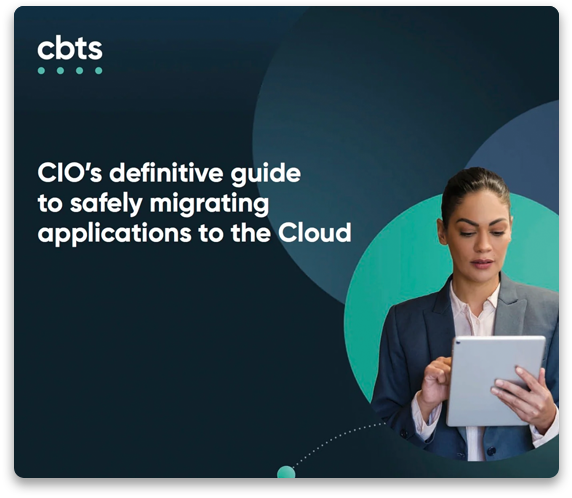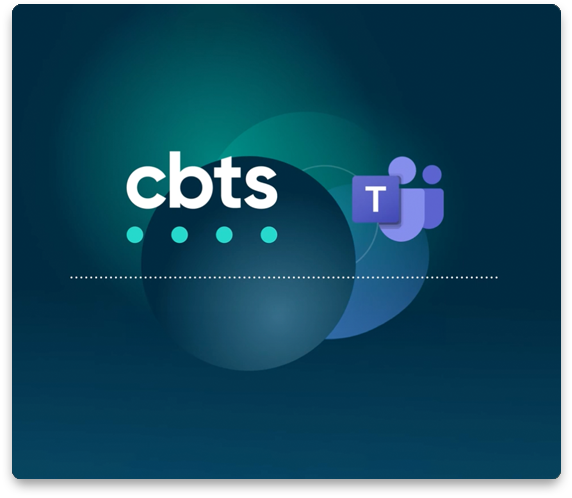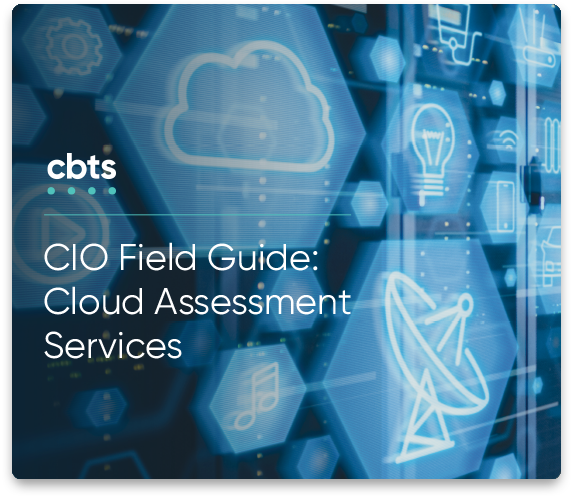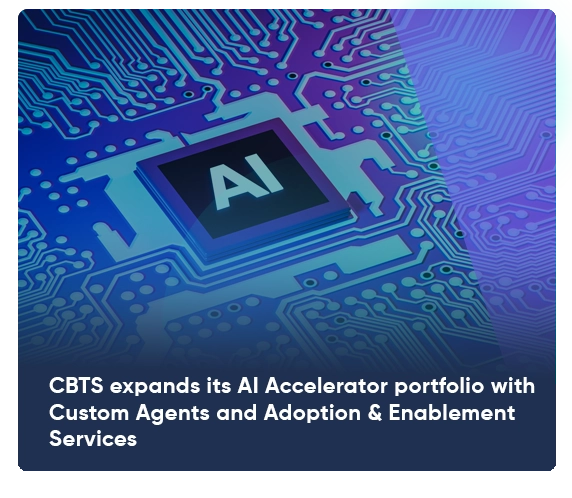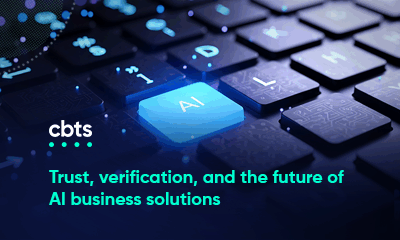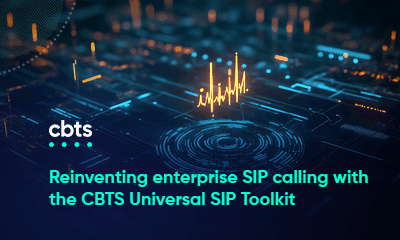
Enterprise relationships with AI technology are undergoing an expected but significant shift. Although the initial burst of energy and experimentation has faded, businesses use the information gained to focus their AI development efforts on high-value use cases. McKinsey research found that in 2023, 55% of organizations used AI in at least one business function. Today, that number has leapt to 78%.
Even so, most enterprise AI implementations are still nascent, with only 1% of executives describing their rollouts as “mature.” As organizations grow their AI investments, one key hurdle they will face is security—securing their networks and sensitive business data and protecting the new assets that underpin sophisticated enterprise AI systems.
Major providers like Palo Alto Networks have recognized the need and are tailoring their security offerings to address the new risk landscape. Fortunately, AI can be leveraged with next-generation tools to address longstanding AI network security concerns. Palo Alto Networks’ recent updates to the Prisma networking platform provides a perfect example, and this article will explore its role in modern cybersecurity in greater depth.
Read more: Palo Alto Networks Prisma SASE: Bolstering network resilience in the era of AI
Securing the core of enterprise AI
At risk: AI code, training, and data sources
Enterprise AI models rely on rich resources that form the foundation of their decision-making abilities. Specifically, enterprise AIs are trained on large collections of potentially sensitive business data to incorporate context and nuance into their outputs. When given a prompt, the AI’s model or code prioritizes and interprets that information to generate responses. That interpretation can be funneled through purpose-built apps or autonomous virtual agents to assist employees or customers.
AI resources are relatively new to the enterprise tech ecosystem, but malicious actors have already found ways to threaten them. These “adversarial” or “backdoor” AI attacks come in multiple forms, including:
- Data poisoning: Injecting damaging information into an AI’s training dataset, potentially causing the model to misunderstand prompts, degrade its decision-making, or open new avenues for additional attacks.
- Model tampering: Modifying a trained model’s parameters or biases to change its behavior; altering the model’s future reactions and conclusions.
- Prompt injection: Precisely worded inputs designed to “trick” an AI into circumventing its guardrails or performing other unwanted behavior.
- Deserialization attacks: Exploiting a step in normal data recall processes to run malicious code or create other new vulnerabilities.
Protected with: Prisma AIRS
Recent Prisma updates introduced a new tool to the Palo Alto Networks platform, Prisma AIRS, to protect AI system data, models, apps, and agents from targeted attacks. AIRS accomplishes this with scanning tools that confirm model integrity and safeguard against malicious code and tampering. Additionally, AIRS includes posture management tools to help organizations optimize their overall AI security stance, and AI Red Teaming capabilities provide penetration testing to enhance vulnerability assessments.
Read more: Mitigating risk in the adoption of AI in networking
Preventing data leaks and unauthorized AI use
At risk: Sensitive business data
Your business data is one of your most valuable assets. It trains your enterprise AI, refines your marketing and sales efforts, enhances network security, and guides many other business decisions. However, it is also delicate. It might contain information that could give competitors an advantage or sensitive customer information. A breach could inflict significant damage directly to your business and reputation.
Employees need to share information internally and with authorized contractors, but the same methods that enable seamless collaboration open the door to accidental and malicious data loss. Moreover, workers increasingly turn to external AI tools like ChatGPT to enhance productivity and may inadvertently share sensitive data with these unsecured services.
Protected with: Prisma Access
Enterprise browsers like Prisma Access comprehensively secure your enterprise network’s service edge, keeping end users—and your critical business information—safe. Prisma Access incorporates your network security policies to prevent data loss at a granular level, prohibiting copying, screenshotting, and sharing where appropriate. It can anonymize sensitive information and restrict access to malicious sites while improving connectivity to enterprise services, above and beyond the levels available on the open Internet.
Prisma Access additionally protects against inadvertent data leaks involving AI services. You gain insight into the AI tools used by employees and contractors and can set network security policies to permit or restrict them—an added layer of protection on top of more traditional data loss prevention (DLP) capabilities.
Read more: AI in networking is a modern solution to sophisticated user privacy risks
Enhancing network security and resilience with AI tools
At risk: Network integrity
Enterprises are not the only entities with access to maturing AI resources. Threat actors can also leverage emerging technologies to develop more sophisticated attacks. These attacks may target the new vulnerabilities of AI systems with enhanced forms of traditional cybersecurity risks like phishing, malicious emails, or password cracking.
Protected with: Prisma SASE
The Prisma SASE platform, which incorporates AIRS and Access alongside a range of other AI-powered tools, is a comprehensive network security solution designed to respond to contemporary threats at enterprise scale. Prisma SASE’s incorporation of AI into network operations, or AIOps, streamlines threat detection and response with insights based on your unique network history and up-to-the-minute threat intelligence. Moreover, it enables enterprises to easily automate mitigation steps and even allows AI services to initiate remediation autonomously, saving valuable time during a security incident.
Prisma SASE further enhances data security and DLP by improving data categorization. It can independently sift through and tag large quantities of existing information, pinpointing potentially sensitive materials and flagging them as subject to protective policies. This large-scale analytical ability is also crucial for network monitoring and performance. With it, Prisma SASE builds a profile of expected network activity to check against and can more easily spot and quarantine suspicious or risky behavior. As enterprise infrastructure grows increasingly complex, AI-enhanced tools will continue to be essential to keep up with the scope of networking.
Protect your AI innovation with Prisma SASE backed by CBTS
AI is here to stay and is quickly becoming a powerful resource for businesses. As with any new technology, however, AI infrastructure exposes new vulnerabilities for threat actors to exploit. The novelty and specificity of AI also mean that the skills to manage it well are both rare and in high demand, and will remain so while the job market responds to its rapid rise.
With CBTS, you gain access to decades of experience and industry-leading expertise in enterprise network architecture. Moreover, CBTS boasts over 70 Palo Alto Networks certifications and specializations, and is proud to be a Palo Alto Networks NextWave Diamond Innovator—a recognition of CBTS’ long track record of delivering custom solutions to complex security challenges. If your organization is investing in AI development, you need a secure network environment for innovation. Contact CBTS today to explore how Palo Alto Networks Prisma SASE can deliver it.


